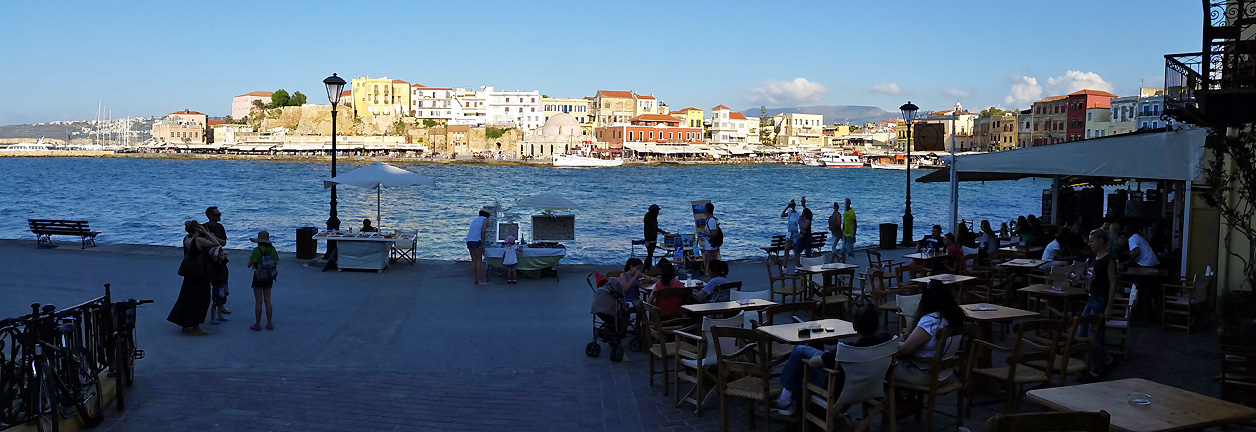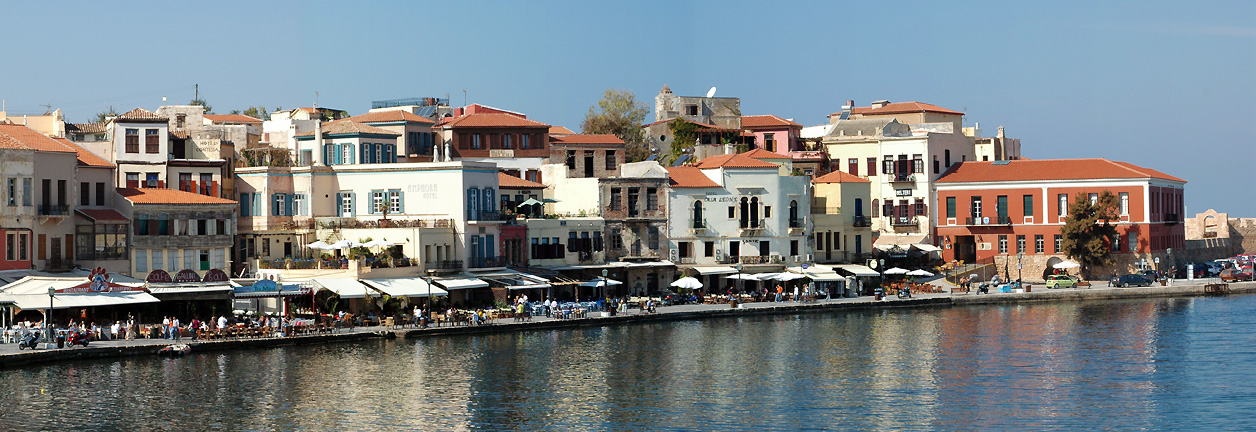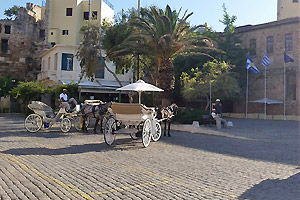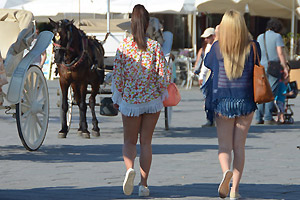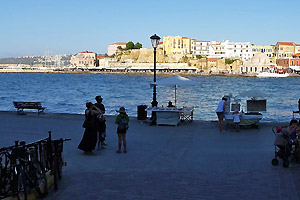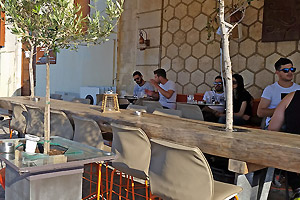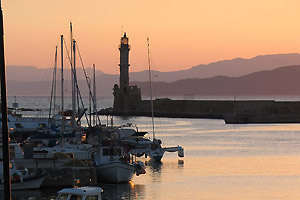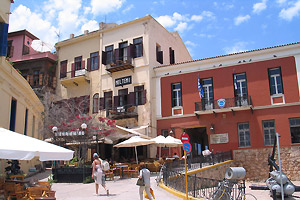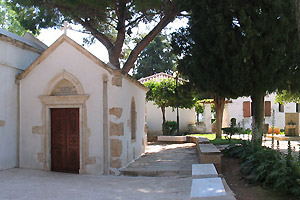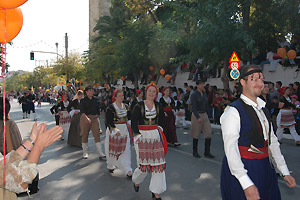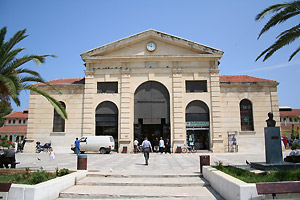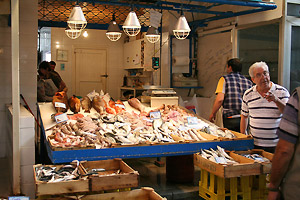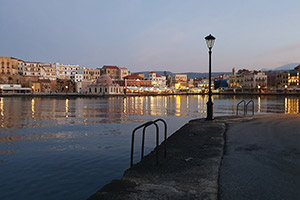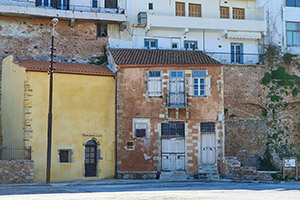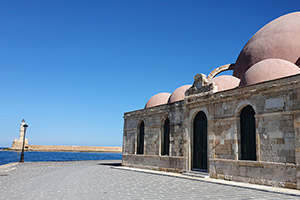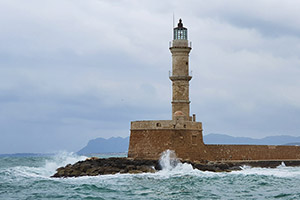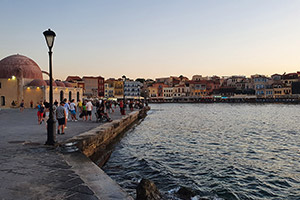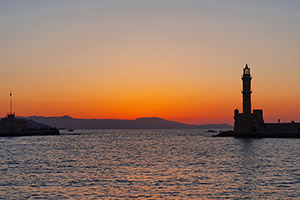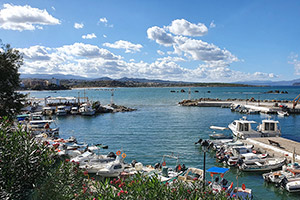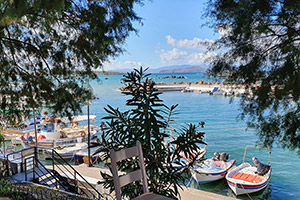Chania Town
Sightseeing the old town of Chania and its modern life.
Chania is a hub of creative diversity. An eclectic medley of cultural treasures, with its mix history and modern life. For many the most beautiful town in Crete. Chania is the second largest City of Crete. Large parts of the old town are closed to traffic; the bulk of the Venetian mansions restored or converted into hotels. One of the most important constructions of the Venetian Period is the Entrance of Renier Mansion. In former times Chania was divided in 3 parts the East part for the Muslims the Southwest part for the Jewish and the West part for the Christians. In the East oft he old town there are traces of the Turks: a small minaret or masonry. On the Northeast of the Venetian walls there is the only preserved gate “The rampart Sabbionara” still preserves its Turkish name "koum - kapi (Kum Kapisi = the Gate of the Sand it is constructed in the sea. On the front of the rampart, the circular Venetian emblem of the lion of Agios Marcos is still preserved. The Byzantine Wall was built in 12th century and its outline is irregular with longitudinal axle from the East to the West, where its two central gates were located.
The fortress Revellino del Porto on the northwest part of the port was constructed by Venetians. Nowadays the building hosted several important public services and authorities. The Grand Arsenal has been transformed from a roofless ruin into an impressive building that hosts various events and exhibitions. It hosts “Center of Mediterranean Architecture” organizing important cultural events and exhibitions related to architectureWorth highlighting are the good restaurants and tavernas. Some of them are in old stonework with open gables. In the alleys there are still traditional handcrafts such as bakers, grinders and carpenters. Diving schools have their offices at the harbour. Various excursions in boats are on offer. A walk-through Chania should include the Art Nouveau market halls, the Venetian shipyards (today turned into galleries and museums) and the harbour fortress. The Marine Museum with its model ships is worth a visit as is the Archaeological Museum.
For those who like shopping, it is worth looking at Venetian gold jewellery, some leather wares and of course, Cretan olive oil. If you travel by bus you are in the old town in a few minutes. If coming by car, use the pay car park near the Market Halls on Nikiforou Foka Street. Great restaurants, traditional taverns and music bars get set to experience one of Crete’s most exciting cities. Everyone who saunters through the narrow, winding alleys, who follows the goings-on in the market and who has sat during the day or evening in the port tavernas will not easily forget the ambience felt here. More information for booking the best Hotels, Apartments and Villas in West Crete: info@kreta.com, The Crete-Experts have the best ideas for Crete!



